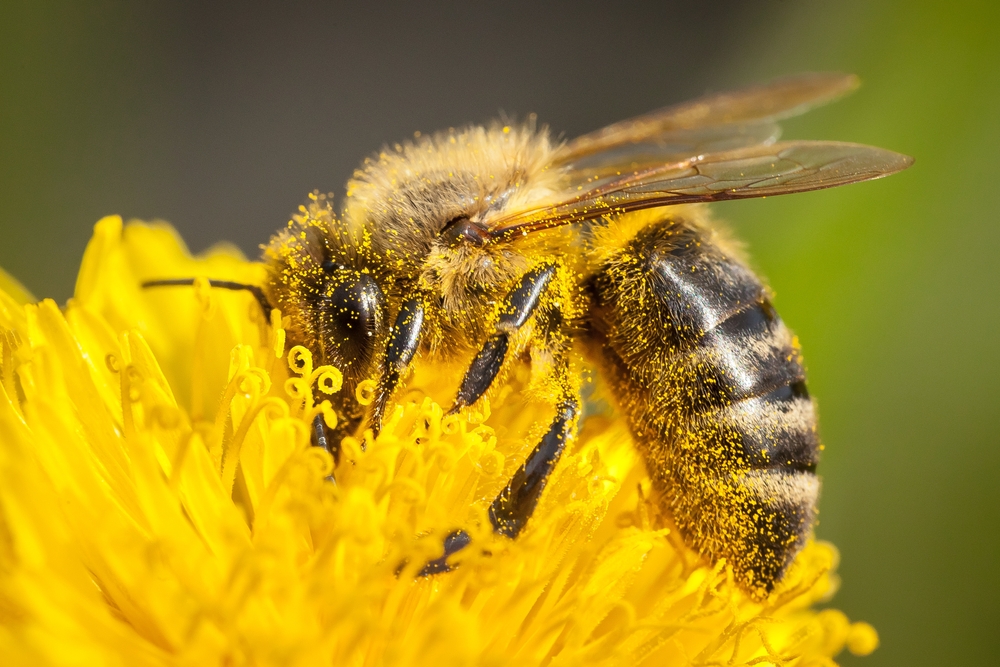Deciphering the Intricate Dance of the Honeybee: The Story of Waggle
Dive into the fascinating world of honeybees and their extraordinary method of communication, the Waggle Dance. Discover how these tiny creatures use intricate movements to convey complex messages and what this means for their survival and the health of our ecosystems.

Honeybees: A Glimpse Into Their World
Honeybees are among the most social insects on earth. They live in large colonies, typically consisting of one queen, a few hundred drones, and thousands of worker bees. Their survival depends on effective communication, and one of their most notable communication methods is the Waggle Dance.
Historically, renowned zoologist Karl von Frisch was the first to decode this complex dance in the mid-20th century. He observed that bees returning to the hive after locating food sources would perform a series of movements that were not random but rather a dance carrying a specific message.
The Intriguing Waggle Dance: How It Works
The Waggle Dance is a figure-eight movement performed by worker bees to communicate the location of food sources to their hive mates. The length of the ‘waggle run’ corresponds to the distance to the food source, while the angle at which the dance is performed indicates the direction in relation to the sun. Thus, through this dance, bees can communicate detailed information about the location of nectar, pollen, water, or new nesting sites.
The Waggle Dance and Its Impact on Honeybee Survival
The Waggle Dance is a crucial survival strategy for honeybees. Not only does it lead bees to food sources, but it also aids in swarm relocation, a critical process when the colony becomes too large for its current hive. By communicating new hive locations, the Waggle Dance ensures the survival and propagation of the bee colony.
The Waggle Dance in Today’s Context: Threats and Conservation Efforts
Despite their importance, honeybees face numerous threats today, including habitat loss, climate change, pesticides, and disease. These threats can disrupt the Waggle Dance communication, leading to inefficient foraging and colony stress.
Conservation efforts are focused on creating and preserving bee-friendly habitats, reducing pesticide use, and promoting beekeeping. Understanding and protecting the Waggle Dance is an integral part of these efforts, as it is not only vital for honeybee survival but also for human food production given bees’ role in pollination.
The Waggle Dance: A Testament to Nature’s Ingenuity
The Waggle Dance is indeed a testament to the remarkable ingenuity of nature. It showcases the capability of these tiny creatures to use complex communication methods for survival. As we unravel more about the Waggle Dance, we also learn more about the intricate connections within the natural world and the importance of preserving them.




